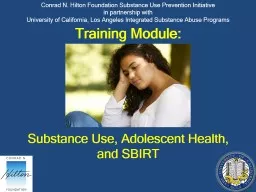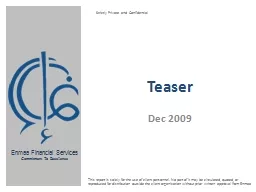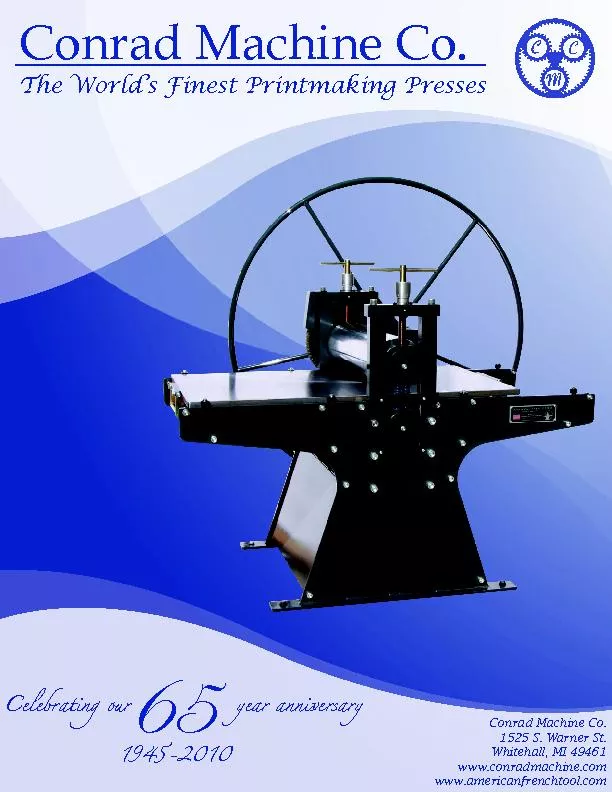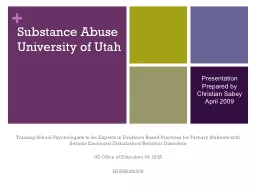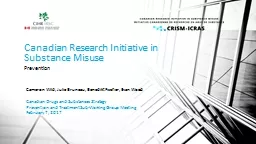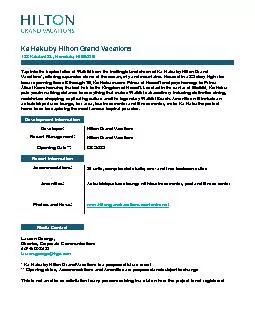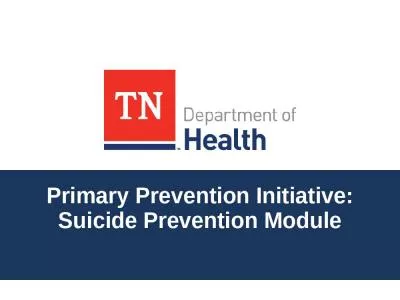PPT-Training Module: Conrad N. Hilton Foundation Substance Use Prevention Initiative
Author : yieldpampers | Published Date : 2020-08-04
in partnership with University of California Los Angeles Integrated Substance Abuse Programs Substance Use Adolescent Health and SBIRT Training Objectives By the
Presentation Embed Code
Download Presentation
Download Presentation The PPT/PDF document "Training Module: Conrad N. Hilton Founda..." is the property of its rightful owner. Permission is granted to download and print the materials on this website for personal, non-commercial use only, and to display it on your personal computer provided you do not modify the materials and that you retain all copyright notices contained in the materials. By downloading content from our website, you accept the terms of this agreement.
Training Module: Conrad N. Hilton Foundation Substance Use Prevention Initiative: Transcript
Download Rules Of Document
"Training Module: Conrad N. Hilton Foundation Substance Use Prevention Initiative"The content belongs to its owner. You may download and print it for personal use, without modification, and keep all copyright notices. By downloading, you agree to these terms.
Related Documents

